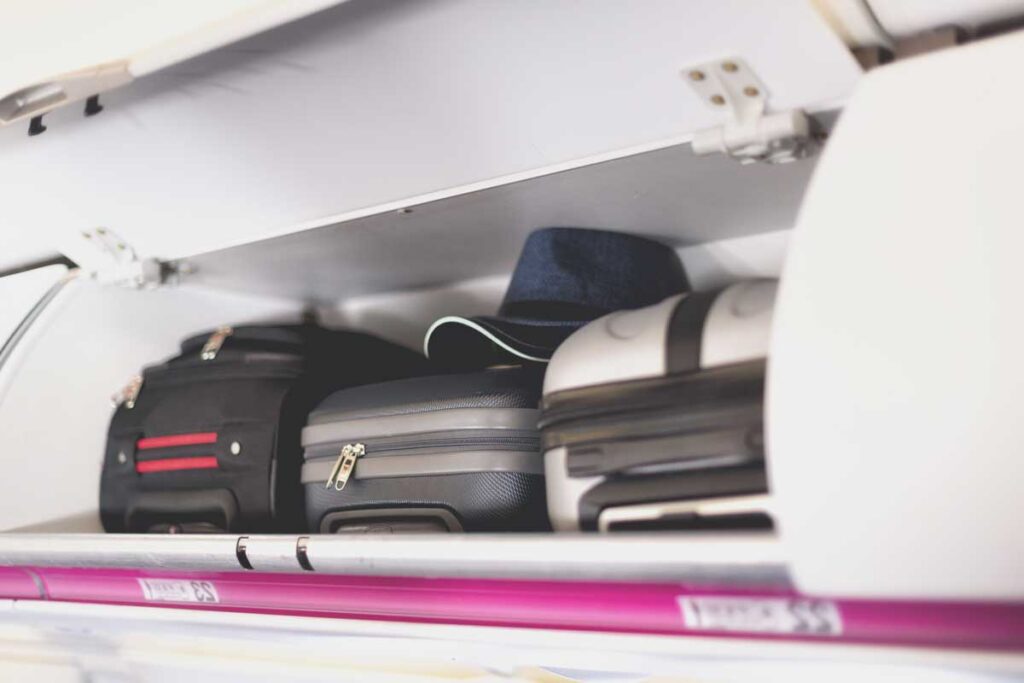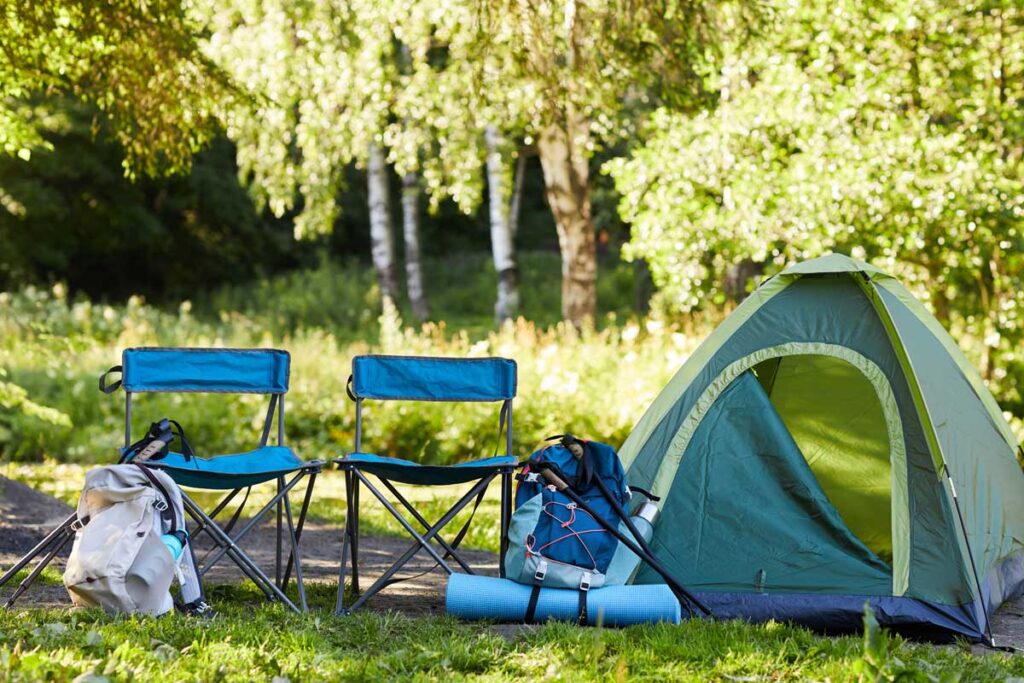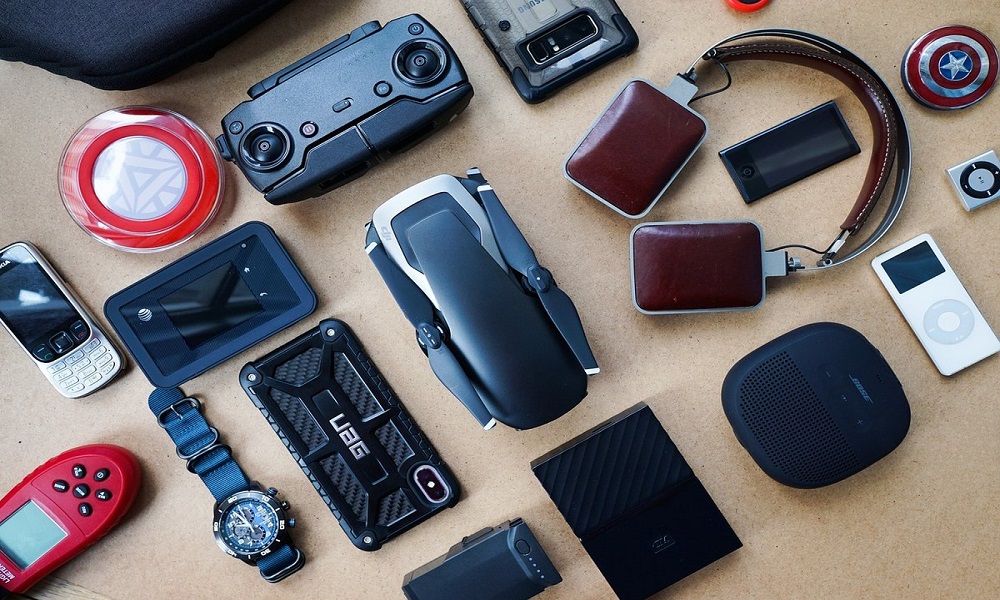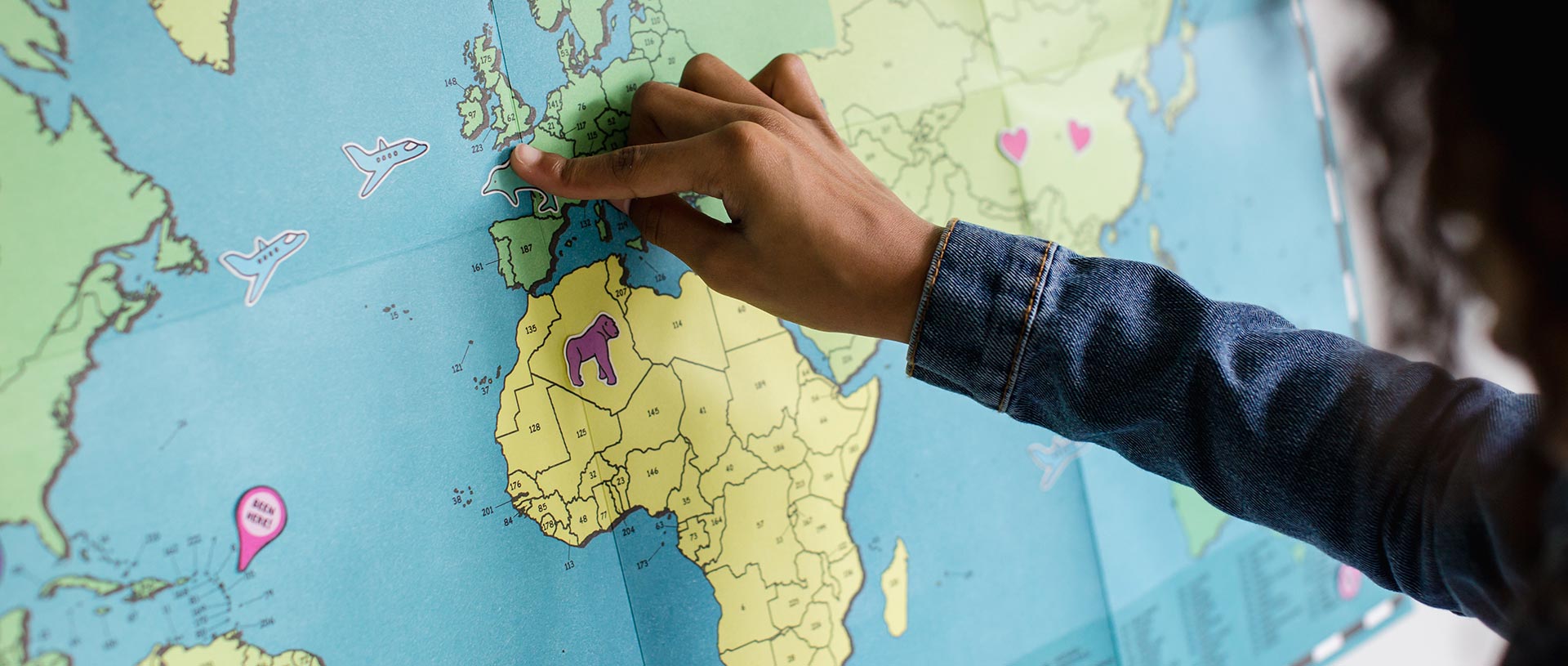The Only Kilimanjaro Packing List You Need
If you’re looking for a reliable packing list for your climb up Mount Kilimanjaro, Tanzania, you’ve arrived in the right spot. Our extensive list will help you be the best type of climber, prepared with the right balance of essentials while maintaining a manageable bag weight. Here’s the only Mount Kilimanjaro packing list you’ll need to look at in the run-up to your expedition.
 The good news is that all treks on Kilimanjaro are organized tours where you’ll have porters to carry most of your equipment. But this also means that you need to focus on the essentials as there are (luckily) restrictions on the weight each porter is allowed to carry. Therefore I focussed on packing things compact and split my luggage into the main bag which the porter carries (clothes and camping equipment) and a day bag (camera gear, water, extra clothes):
The good news is that all treks on Kilimanjaro are organized tours where you’ll have porters to carry most of your equipment. But this also means that you need to focus on the essentials as there are (luckily) restrictions on the weight each porter is allowed to carry. Therefore I focussed on packing things compact and split my luggage into the main bag which the porter carries (clothes and camping equipment) and a day bag (camera gear, water, extra clothes):
- Duffel Bag (main bag) – I chose a 60l duffel bag which is convertible into a backpack to fit all my clothes as well as the sleeping bag. The size and shape were perfect to fit into the porter’s bag – on top of that this Bag is completely waterproof, so you and your porter don’t need to worry that your clothes get wet.
- Hiking Day Pack (waterproof) – for the day I had a lot of camera equipment so I choose a bag that can hold all my camera gear plus some food, altogether 3l of water, and additional layers (rain gear, down jacket, extra shirt). If you don’t have a waterproof one you should take a rain cover.
alternatively: Rain Cover – to protect your daypack - 3x Packing Cubes – to organize your clothes (makes packing/unpacking in the camps way easier!!)
- shoe bag – for your camp shoes
- extra bag for clothes/stuff you leave in the hotel
 With most tour operators you get to stay in the same hotel before and after your trek which usually has a luggage storage room. This means you can bring separate clothes for the time before and after the trek, which I highly recommend as the temperatures down in Moshi are significantly higher than on the mountain.
With most tour operators you get to stay in the same hotel before and after your trek which usually has a luggage storage room. This means you can bring separate clothes for the time before and after the trek, which I highly recommend as the temperatures down in Moshi are significantly higher than on the mountain.
- 3 x underwear (boxer shorts in my case, depending on the extra days you have)
- 2 x normal socks
- 1x Jeans
- 2x normal shirts
- 1x long sleeve
- 1x insect repellent (I recommend Deet)
- 1x smartphone clip (to watch movies on your flight)
- 1x SkyRoam (mobile global WiFi HotSpot)
- optional: Mosquito Net (if you stay longer in the country e.g. doing a safari)
 The weather on the mountain is unpredictable so you can have several seasons in one day. In general, you need to bring many layers as it gets colder the higher you trek. The amount of items is based on an 8-day trek in September/October so simply adjust it according to your trek length and season.
The weather on the mountain is unpredictable so you can have several seasons in one day. In general, you need to bring many layers as it gets colder the higher you trek. The amount of items is based on an 8-day trek in September/October so simply adjust it according to your trek length and season.
Regarding the number of shirts and underwear you don’t need to be afraid of: there are no showers on the mountain, personal hygiene is therefore limited. Nobody will blame you for wearing the same hiking shirt for several days. My best advice is to have a clean set of “camping clothes” which you only use when in the camps.
- 5 x underwear (boxer shorts in my case)
- 2 x long thermal underwear (1 for hiking on cold days & 1 for the nights in camp–in)
- 1 x normal socks (to use in camp, in colder season: exchange for warm socks)
- 3 x trekking socks (use warmer ones when it’s colder)
- 3 x Sport/Trekking T-Shirts (mid-layer) – I recommend using breathable shirts (cold season: long sleeves)
- 1 x normal shirt (camp)
- 1 x Fleece Jacket – highly recommended for every season!
- 1 x Bandana – great for sun protection!
- Sunglasses – e.g. from Ray-Ban
 I recommend taking several layers with you when you leave camp depending on the segment you are about to hike in – therefore you should follow the advice from your guides. On each part of the trek, I took rain gear with me as well as a warm jacket as the weather can change quickly. On colder summit days you will wear almost all of your layers (our guides basically said “wear everything except your sleeping bag”)!
I recommend taking several layers with you when you leave camp depending on the segment you are about to hike in – therefore you should follow the advice from your guides. On each part of the trek, I took rain gear with me as well as a warm jacket as the weather can change quickly. On colder summit days you will wear almost all of your layers (our guides basically said “wear everything except your sleeping bag”)!
Make sure to get proper hiking boots and break them in well in advance in order to be comfortable.
- 1 x Hiking Pants (cold season: choose warm one)
- 1 x warm Hiking Pants, for the upper sections of the trek (when it’s super cold consider taking an even warmer one)
- 1 x pair of waterproof pants
- 1 x waterproof Jacket – my choice is a bright orange one from Marmot (cold season: take a warm waterproof winter jacket)
- 1 x warm down jacket – essential to have from day 2, especially when in camp & on summit day!
- 1x good, waterproof Hiking Boots – make sure to break them in well in advance
- 1 x trekking poles – especially useful for the summit night!
- 1 x light gloves
- 1 x winter gloves (summit day)
- 1 x warm scarf (summit day)
- 1 x hat/cap for sun protection
- 1 x beanie
- 1 x sunscreen
- 1 x water bottle (1l)
- 1 x hydration pack / Camelbak (2-3l) – altogether you need to be able to carry 3l of water with you per day
 As stated above most of the camping gear (tents, chairs, tables, food, and drinks) will be provided by the tour operator, this often includes even a mat. You can usually rent also a sleeping bag from the tour company. Make sure to check with your tour operator in advance to know what is included.
As stated above most of the camping gear (tents, chairs, tables, food, and drinks) will be provided by the tour operator, this often includes even a mat. You can usually rent also a sleeping bag from the tour company. Make sure to check with your tour operator in advance to know what is included.
- 1x sleeping bag – preferably small, lightweight but warm (to feel comfortable at -10°C)
- if not included: 1x mat/sleeping pad – to protect from hard and cold underground
- 1 x Sneaker – comfy shoes to use when in camp
- 1x microfiber towel dries super fast, lightweight, and small
- 1 x headlamp and extra batteries – for all nights at camp and summit night
 One shouldn’t forget the essentials – you should extend them to your own liking.
One shouldn’t forget the essentials – you should extend them to your own liking.
- Toiletry Kit (small) – good for organizing your stuff and having it handy
- 1 x toothbrush and toothpaste
- 1 x deo roll-on
- 1 x Deodorant
- 1 x basic skin cream
- 1 x biodegradable soap
- 1 x sunscreen
- 1 x vaseline (for lips)
- 1 x hand cream
- 1x hand sanitizer
- medicine: malaria pills, headache pills, Imodium and your medicine
- 1 x wet wipes
- 1 x toilet paper
- optional:1 x travel First Aid Kit e.g. this lightweight kit by AAA on Amazon
- optional: comb/hairbrush
 Here I cover everything apart from the camera gear I took with me on our trek.
Here I cover everything apart from the camera gear I took with me on our trek.
- 1 x Power Adapter with additional USB ports (in Tanzania they have F and G-type plugs)
- 1 x phone charger
- 1 x In-Ear Headphones
- 1 x waterproof cell phone case
- 1 x portable solar power bank – to charge phone/cameras on the go
- 1 x heating packs – to keep you & your batteries warm (and charged)
- optional: Smart Watch – to track your hike
 In order to film the video documentary, I came with a lot of gear unlike the majority of visitors. Of course, this part of the Kilimanjaro packing list can be shortened, therefore you can find a camera recommendation below which won’t cost you a fortune 😉
In order to film the video documentary, I came with a lot of gear unlike the majority of visitors. Of course, this part of the Kilimanjaro packing list can be shortened, therefore you can find a camera recommendation below which won’t cost you a fortune 😉
- 1 x Sony A7 (I used the A7sII) – a great choice for photo and video enthusiasts, if you like it smaller and less expensive I highly recommend the Sony a6000!
- 1 x Sony RX 100 series (I use the “V”) – mainly for videos where I Vlog
- spare batteries (I had 6 each)
- chargers
- Memory Cards (take a few with you) – you most likely need some good SD cards
- 1 x waterproof SD Card Case
- Polarizer
- 2 x microfiber cloths – to wipe your camera lens at all those waterfalls
- 1 x shower cap – to keep your camera dry in rain & snow
- 1 x camera cleaning kit
- 1 x gorilla pod – my tripod for trekking
- 1 x Camera Clip for Backpack
 Store your important documents safely.
Store your important documents safely.
- Waterproof document bag
- Passport/visa
- Plane/bus/train tickets
- Print of booking confirmation (Tour, Hotel, Transfer)
I highly recommend getting good travel insurance as in almost every case your current health insurance won’t work in most of the countries. During my time I used the awarded Travel Insurance by WorldNomads which you can easily purchase online for the exact time needed:



